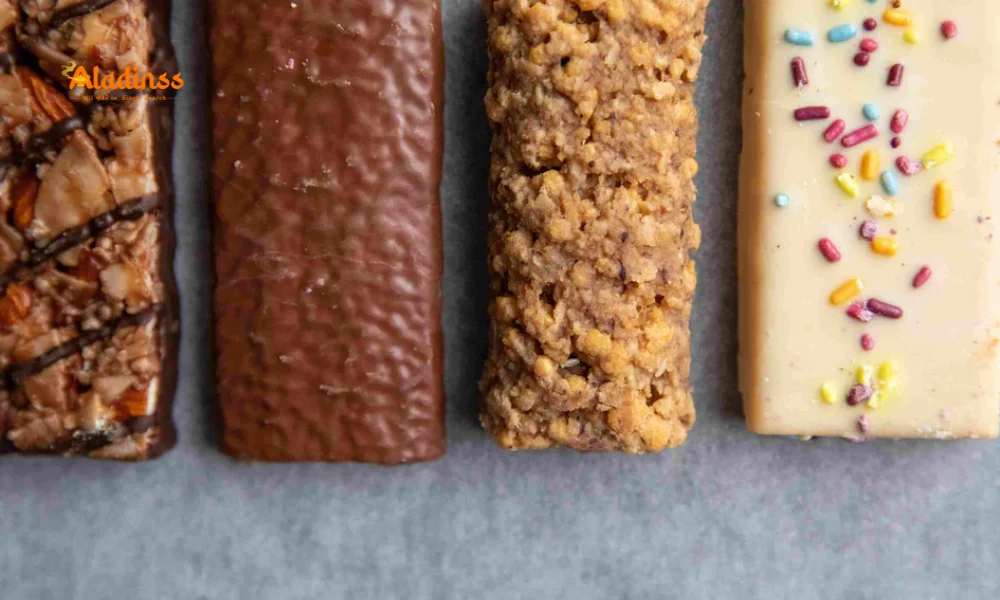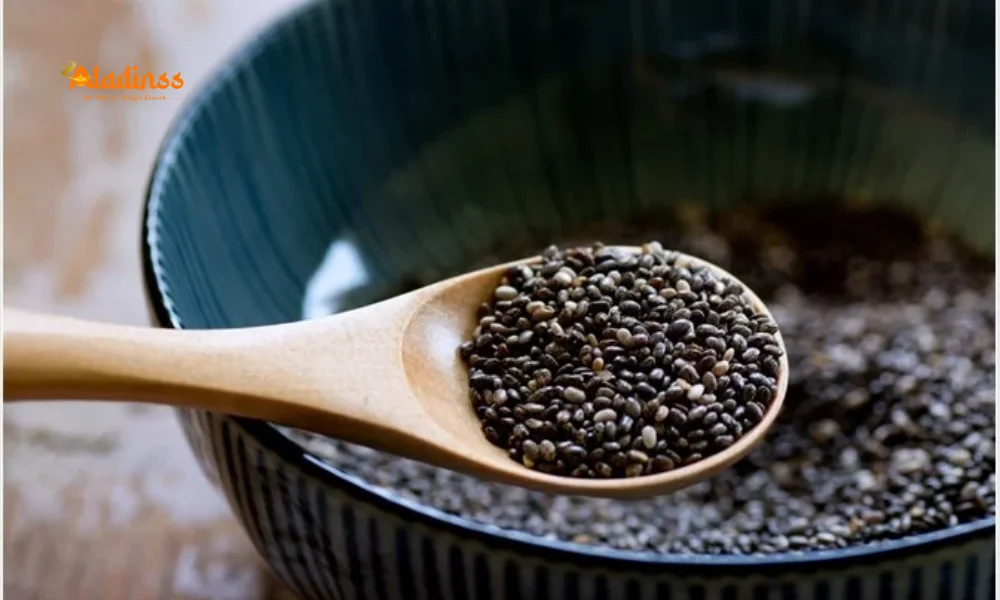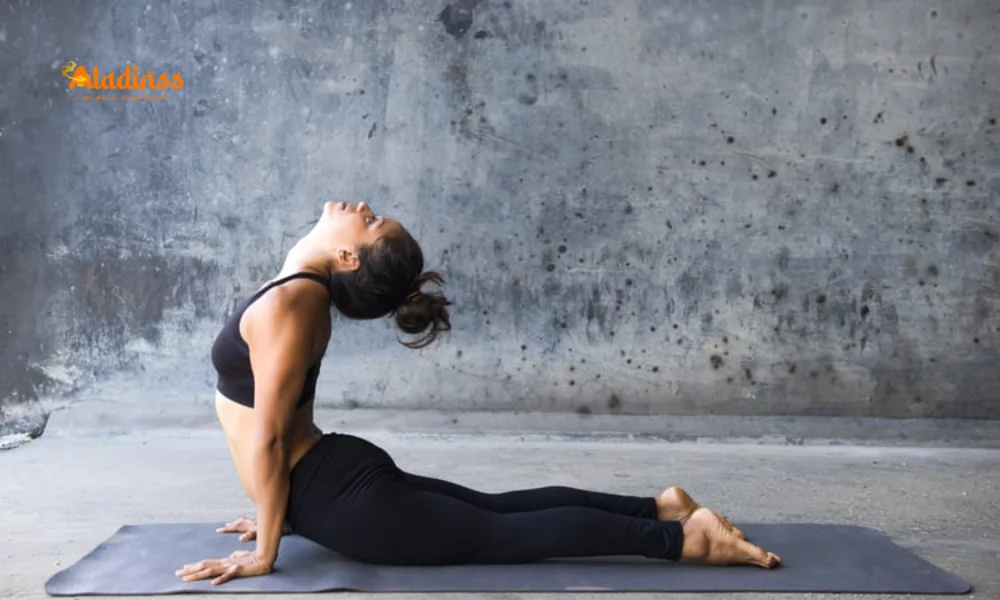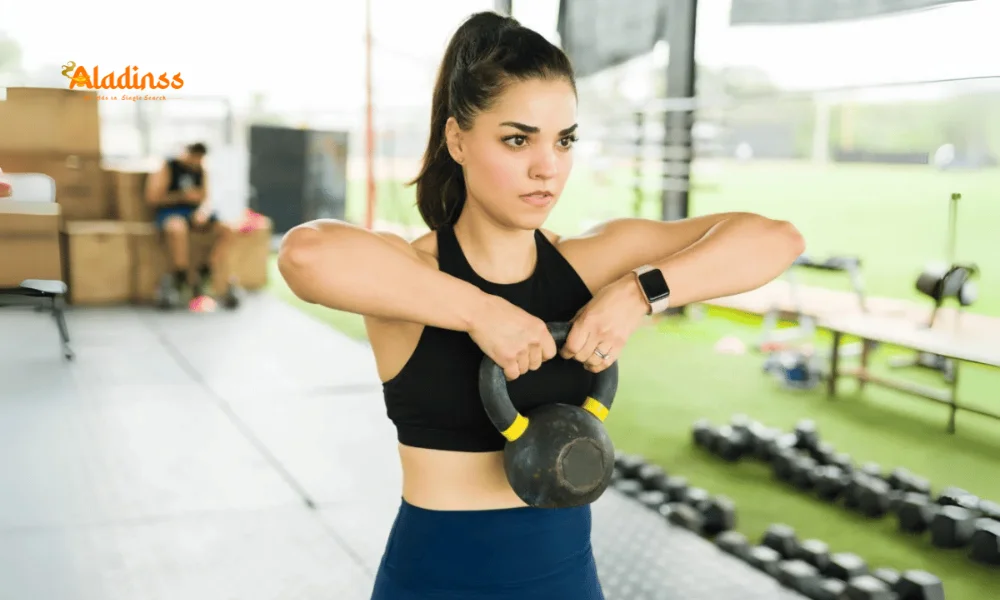Cycling vs Running: Best for Belly Fat Loss

Cycling vs Running: Which Is Better for Reducing Belly Fat?
Belly fat is a common concern for many, not only for aesthetic reasons but also due to its association with serious health risks like heart disease and type 2 diabetes. While diet plays a crucial role in fat loss, physical activity is equally essential. Cardio exercises such as cycling and running are highly effective for burning calories and reducing overall body fat, including stubborn belly fat. But which one is better for targeting belly fat? This article dives into the benefits, differences, and expert recommendations for cycling and running to help you decide which exercise suits your goals and lifestyle.

Why Belly Fat Matters
Excess abdominal fat, particularly visceral fat that surrounds internal organs, is more than a cosmetic issue. Studies link it to increased risks of cardiovascular diseases, insulin resistance, and metabolic syndrome. Reducing belly fat requires a holistic approach, combining a balanced diet, adequate sleep, stress management, and regular physical activity. Cardio exercises like cycling and running are particularly effective because they burn significant calories, improve metabolic health, and promote fat loss across the body, including the abdominal region.
It’s important to note that spot reduction—losing fat from a specific area like the belly—is not possible through exercise alone. Both cycling and running contribute to overall fat loss, which gradually reduces belly fat. The choice between the two depends on factors like fitness level, joint health, and personal preferences. Let’s explore the unique benefits of each exercise to determine which might be more effective for your belly fat reduction journey.

Benefits of Cycling for Fat Loss
Cycling is a low-impact cardio exercise that offers numerous health benefits, making it an excellent choice for reducing belly fat. It is accessible to people of all fitness levels, including beginners and those with joint concerns. Here are the key advantages of cycling:
1. Heart Health Improvement: Cycling elevates heart rate, enhancing blood flow and oxygen circulation. Regular cycling strengthens the cardiovascular system, lowers blood pressure, and reduces the risk of heart disease. A stronger heart supports overall metabolic efficiency, aiding fat loss.
2. Calorie Burning: A one-hour cycling session at a moderate pace burns approximately 300–600 calories, depending on intensity and body weight. When paired with a calorie-controlled diet, this contributes to a calorie deficit, essential for reducing body fat, including belly fat.
3. Leg Muscle Strengthening: Cycling targets major muscle groups in the lower body, including the quadriceps, hamstrings, glutes, and calves. Stronger muscles improve metabolism, as muscle tissue burns more calories at rest than fat tissue.
4. Joint-Friendly Exercise: As a low-impact activity, cycling minimizes stress on joints like the knees and ankles, making it ideal for overweight individuals or those with joint pain. This allows for longer, more consistent workouts without discomfort.

Benefits of Running for Fat Loss
Running is a high-intensity cardio workout that burns calories quickly, making it a popular choice for those aiming to shed belly fat. It engages multiple muscle groups and offers significant health benefits. Here are the key advantages of running:
1. High Calorie Burn: Running for an hour at a moderate pace can burn 400–800 calories, depending on speed and body weight. Its high-intensity nature accelerates fat loss, making it particularly effective for reducing visceral fat when combined with a proper diet.
2. Cardiovascular Health: Like cycling, running boosts heart rate, improves blood circulation, and enhances lung capacity. Regular running strengthens the heart, reduces blood pressure, and lowers the risk of cardiovascular diseases, supporting overall fat loss.
3. Bone Strength: The impact of running stimulates bone density in the legs and hips, reducing the risk of osteoporosis later in life. This weight-bearing exercise strengthens the skeletal system, contributing to overall physical resilience.
4. Muscle Toning: Running engages the core, quadriceps, hamstrings, and glutes, leading to toned muscles and a firmer physique. A stronger core enhances posture and stability, which can improve exercise performance and fat-burning efficiency.
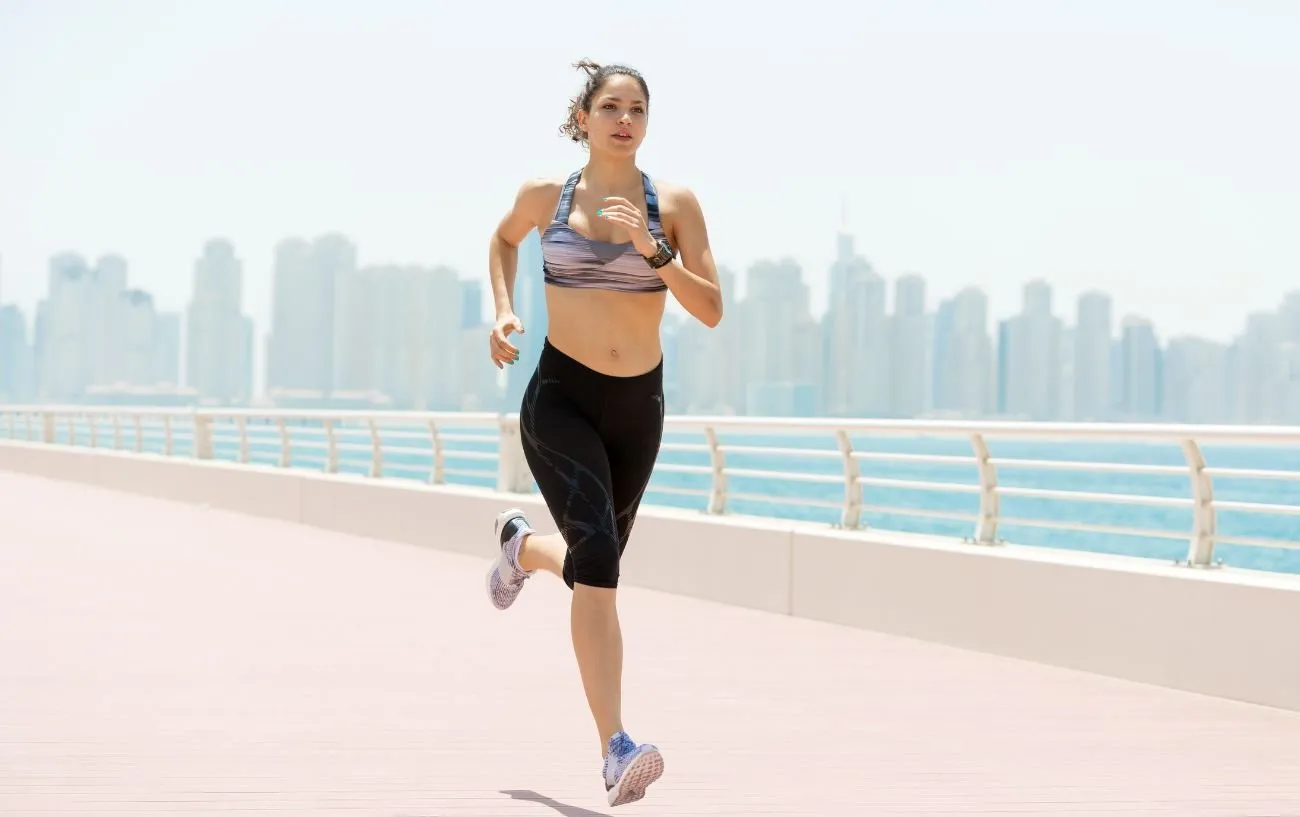
Cycling vs Running: A Detailed Comparison
Both cycling and running are effective for reducing belly fat, but they differ in intensity, impact, and suitability. Research indicates that both exercises contribute to fat loss by creating a calorie deficit and improving metabolic health. Here’s a detailed comparison to help you choose:
Running: Running burns more calories per minute due to its high-intensity nature. A 2018 study in the Journal of Sports Medicine found that running at moderate to high intensity significantly reduces visceral fat. However, its high-impact nature can strain knees and ankles, making it less suitable for individuals with joint issues or beginners. Running also improves cardiovascular fitness faster, with noticeable benefits in as little as 20–30 minutes per session.
Cycling: Cycling is gentler on the joints, allowing for longer workouts without discomfort. A 2020 study in Medicine & Science in Sports & Exercise showed that cycling at moderate intensity for 45–60 minutes effectively reduces body fat, including abdominal fat. It strengthens leg muscles more than running and has a lower risk of injury, making it ideal for sustained, long-term exercise routines.
The choice between cycling and running depends on your goals, physical condition, and preferences. Running offers faster results for those seeking rapid fat loss, while cycling is better for those prioritizing joint health and sustainability.

Expert Recommendations for Optimal Results
Fitness experts recommend tailoring your exercise choice to your fitness level and health conditions:
1. For Beginners, Overweight Individuals, or Those with Joint Pain: Cycling is the preferred option due to its low-impact nature. It allows for longer workouts with minimal risk of injury, making it easier to maintain consistency. Stationary bikes or outdoor cycling can be equally effective.
2. For Agile Individuals or Those Seeking Quick Results: Running is ideal for those who can handle its intensity. High-intensity interval training (HIIT) running, alternating sprints and jogging, maximizes calorie burn and fat loss in shorter sessions.
3. Best Approach: Combining cycling and running offers the best of both worlds. For example, cycling three days a week and running two days can balance calorie burn, muscle engagement, and joint health. This hybrid approach prevents overuse injuries and keeps workouts varied and engaging.
How to Incorporate Cycling and Running
To maximize fat loss, consistency and proper technique are key. Here’s how to effectively incorporate cycling and running into your routine:
Cycling: Aim for 30–60 minutes of moderate-paced cycling, 4–5 times a week. Incorporate interval training, alternating between high-intensity bursts (e.g., 1 minute of fast pedaling) and moderate-paced recovery (e.g., 2 minutes). This approach boosts calorie burn and improves cardiovascular endurance. Outdoor cycling or stationary bikes both work, with apps like Strava or Peloton offering guided workouts to enhance motivation.
Running: Start with a 5–10 minute warm-up of light walking and dynamic stretching to prevent injuries. Run at a steady pace for 20–40 minutes, 3–5 times a week. For advanced runners, include HIIT sessions with 30-second sprints followed by 1-minute jogs for 15–20 minutes. Track progress with wearables like Fitbit or Garmin to monitor pace, distance, and heart rate.
Diet and Lifestyle for Enhanced Fat Loss
Exercise alone cannot target belly fat; a holistic approach is essential. A balanced diet rich in whole foods—lean proteins, vegetables, fruits, and healthy fats—creates the calorie deficit needed for fat loss. Avoid processed foods, sugary drinks, and excessive alcohol, which contribute to abdominal fat accumulation. Adequate sleep (7–8 hours per night) and stress management through practices like yoga or meditation further enhance fat-burning efficiency by regulating hormones like cortisol.
Consistency is crucial. Combining cycling or running with strength training exercises, such as bodyweight workouts or weightlifting, can boost metabolism and accelerate fat loss. Tracking calorie intake with apps like MyFitnessPal and maintaining a weekly exercise schedule ensures long-term success in reducing belly fat and improving overall health.
Comment / Reply From
No comments yet. Be the first to comment!
